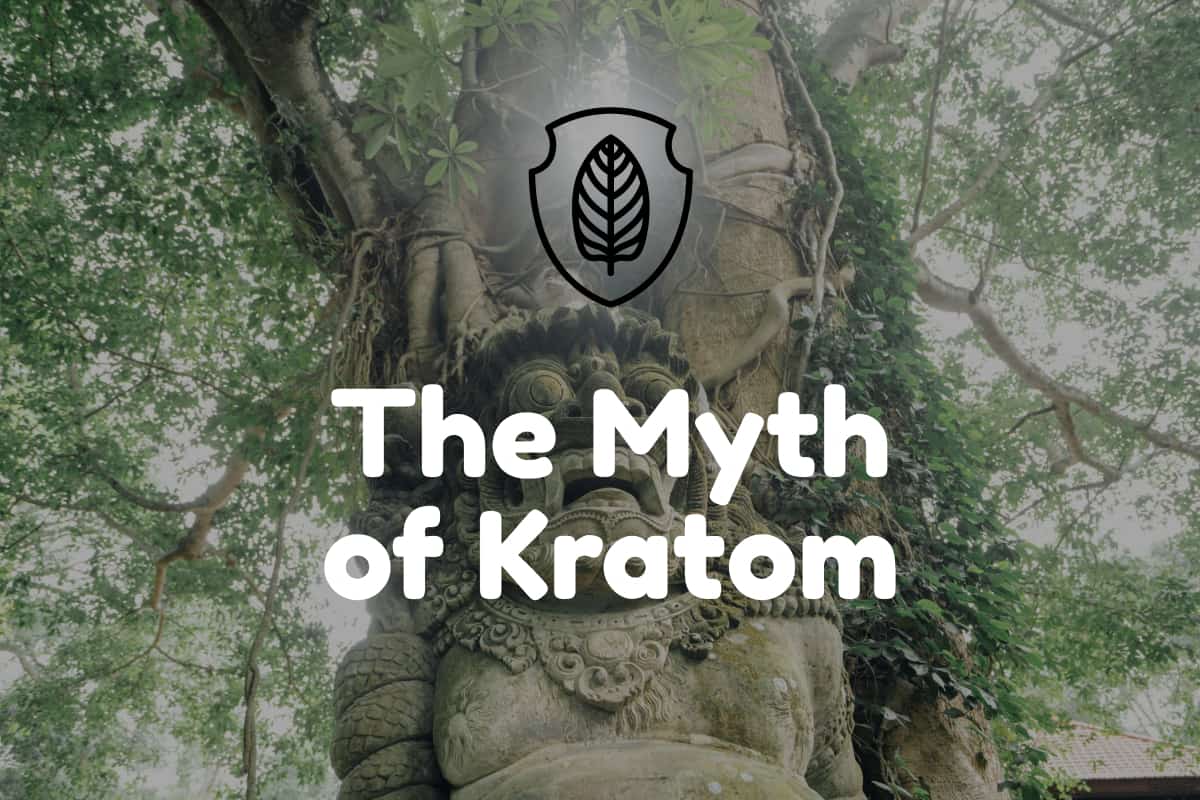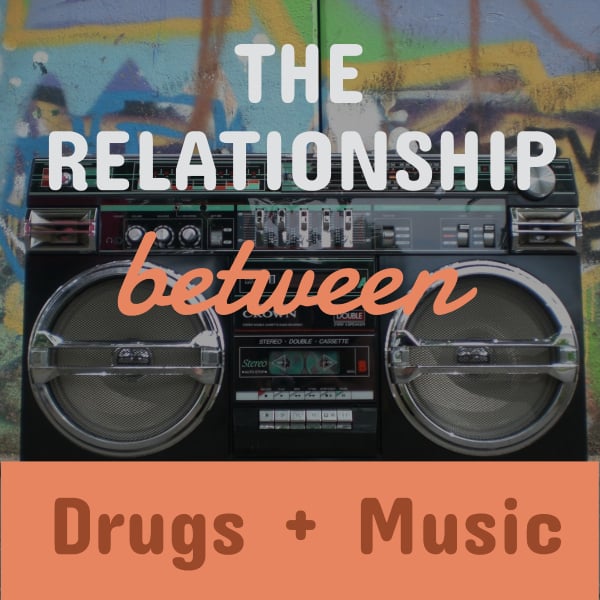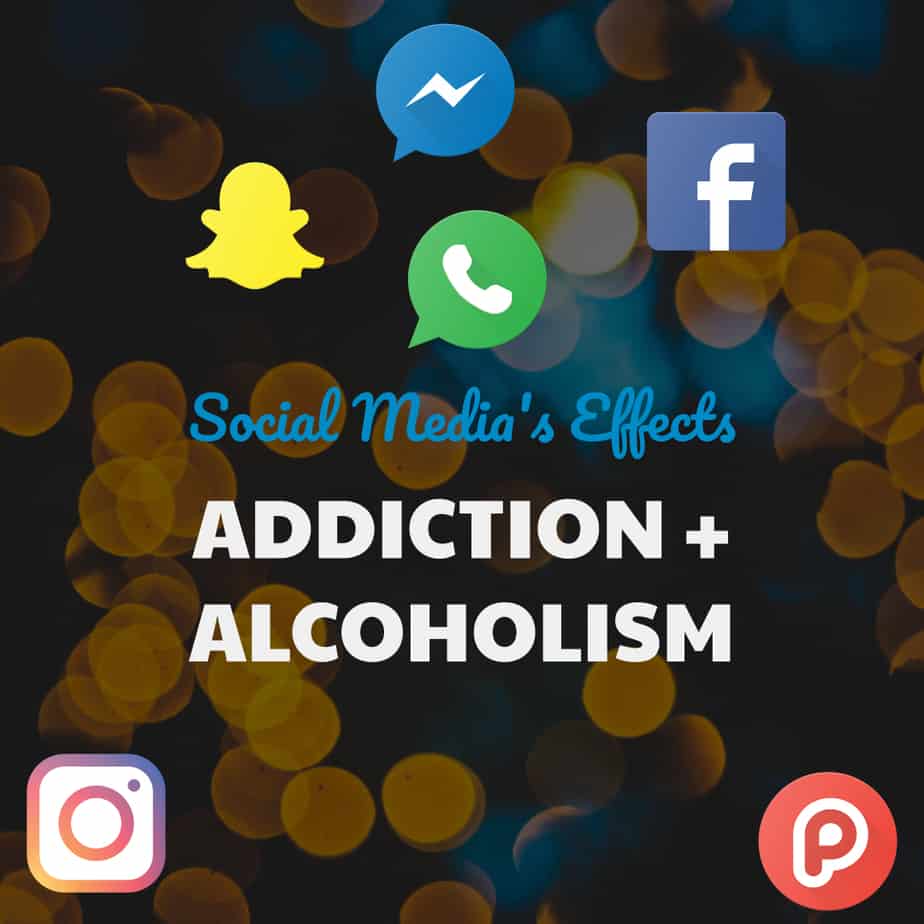What is Kratom?
Kratom is a legal drug that is highly addictive. It is extracted from a tropical tree in the family of coffee. It is commonly grown in Southeast Asia. Its extract gives a stimulant-like effect that is energizing and uplifting. It gives a feeling almost like that of opioids – drowsiness and euphoria. Unlike other stimulants, Kratom has many active ingredients which make it challenging to classify either as a stimulant or an opiate.
It contains 7-hydromitragynine and mitragynine. These two stimulate the mu receptor, which is the main opioid receptor in the brain. This is the same receptor stimulated by oxycodone and heroin. Kratom is administered orally combined with a sweetener that muffles its bitter taste. It is available as a pill or made into tea.
Although there are some claimed medical benefits, most experts warn against Kratom for addiction. Kratom addiction is fatal with side effects ranging from agitation, drowsiness, confusion, vomiting, and tachycardia, among others.
In cases of severe addiction, Kratom can cause serious side effects such as respiratory and cardiac arrest and seizures. Because Kratom is legal, it is available in gas stations and paraphernalia shops in most parts of the United States. In some states, however, Kratom is illegal. In such states, Kratom can be purchased overt the internet, where people buy it for soap making and aromatherapy. Selling it as an ingredient for soap making helps the sellers avoid breaking FDA rules. In 2014, FDA made it illegal to purchase or manufacturer kratom to make dietary supplements.
Kratom is also referred to as Biak, Ketum, Ithang, Herbal, Kakuam, and Thom. The FDA classifies it as a stimulant.
On taking Kratom, users might experience benefits such as pain relief, relaxation, increased energy, and better mood. It may also cause increased sensitivity to sunburn, itching, nausea, sweating, constipation, loss of appetite, and increased urination.
Strains of Kratom
There is no research that shows the differences in the effects of the different strains of Kratom. The effects of each strain might vary from one supplier to the next. Some of these strains include:
- Maeng Da – Originated in Thailand and has strong and long lasting effects. It is green, red, or white.
- Indo – This is Kratom from Indonesia. It is less stimulating than other kratom strains and most have mild energising effects.
- Bali/Red Vein – It also originated from Indonesia and is believed to have pain-relieving properties.
- Green Malay – This originated in Malaysia and it is dark green in color. It is thought to provide energy and focus.
- Thai – It is from Thailand and may either be green, red, or white in color. The white and green vein kratom creates a euphoric feeling of high while the red vein is pain relieving.
- Borneo – Grown in Borneo, this strain is considered to have a sedating effect.
- Malaysian – This strain is available in green, red and white and provides stimulating and sedative effects.
Identifying Kratom
Kratom comes in the form of fresh or dried leaves. When dried, the leaves can be made into a green powder, gum, pill, or liquid extract. In most cases, the packets with Kratom will have label that says “not for human consumption.” However people still chew the leaves, make tea using the dried leaves, eat the leaves in food, or smoke them.
What Does Kratom Do To The Brain?
According to a research published by the FDA, Kratom acts as an agonist that binds the mu-opioid receptors in the brain. It acts the same way as opioids, or prescription painkillers like morphine or heroin.
What makes kratom addiction less serious is that most people take it as a natural substance that does not have much harm to the human body. It works like any other opioid and comes with a risk of dependence and severe addiction.
The mitragynine and 7-hydroxymitragynine contents in Kratom are thought to contain pain-relieving properties. These contents work by attaching to opioid receptors and in turn reduce pain. According to an online survey conducted on the United States, most kratom users are middle-aged and middle-income people who want to relieve pain. The survey, which had 8,000 respondents, found out that most people use Kratom for pain and to improve mood.
A small number of people claim to use the drug to help them quit other opioid drugs or treat opioid withdrawal symptoms. Because the drug works the same as any other pain relieving opioid, it can help take the place of another opioid that the user has developed dependence. However, this might further cause addiction.
Experts on Kratom
According to a report published on the International Journal of Drug Policy, there is a challenge of balancing between the therapeutic advantages of Kratom and its side effects. The herb could help alleviate the opioid crisis by offer an alternative pain relief solution and helping those struggling with opioid dependence.
The report above found that the benefits of Kratom as a pain reliever and opioid treatment are very minute. The scientists studied 136 active users of Kratom. According to the respondents in the study, Kratom is more accessible, it is affordable and has no serious side effects. However, the report does not show any testing done on the health effects and the hazards of Kratom.
According to most users, the withdrawal symptoms of Kratom are less severe than those of other opioids. Most people, therefore, find it better as a pain relief than other opioids.
Kratom Regulation
In 2016, the DEA (Drug Enforcement Administration) announced that they would place the two active ingredients of Kratom in its list of Schedule I drugs by September 30 that year. However, by October that same year, the DEA withdrew its intent and opened a discussion with the public between that time and December.
The list of schedule I drugs include heroin and MDMA. There is no tested medical benefits but are highly habit-forming. The two constituents of Kratom, Mitragynine and 7-hydroxymitragynine, were to be added to the list of Schedule I drugs meaning that sale or possession of the herb would have been illegal. Had the DEA succeeded, Kratom would have stayed in the list for at least two years.
However, DEA’s intent to place these two contents in its list of Schedule I drugs was met with a lot of backlash. In September, 2016, protesters held demonstrations at the Lafayette Park in Washington DC. The protestors presented the DEA with a petition signed by 120,000 people who were against the ban.
According to the director of Botanical Education Alliance, Travis Lowin, the DEA has failed to curb the opioid crisis and banning Kratom would only worsen the crisis. According to those against than ban, placing the kratom compounds on Schedule I list would only make it challenging to conduct further research.
The move by DEA to make Kratom illegal was advised by the health risks associated with Kratom and kratom addiction problem. According to Scott Gottlieb, FDA Commissioner in 2017, there are deadly risks that come with the use of Kratom. The public health advisory offered by the FDA warmed of the opioid properties of the unregulated botanical herb. FDA found that Kratom was responsible for more than 90 fatal overdoses within the 18-month period of the tests. Most people who used Kratom for addiction were found to use fentanyl and heroin too.
Approved Uses of Kratom
Traditionally, Kratom is a stimulant to boost energy and improve mood. However, in the recent years, the substance has gained popularity as a painkiller. It has been used in place of Vicodin and OxyContin. The kratom myth is that it is a herb that can treat different conditions. But there is need for more research to verify that claim.
Kratom has also found its use in the management of pain associated with arthritis and fibromyalgia. As a herb, it is used to alleviate the withdrawal symptoms associated with opioid use. These symptoms include mood disturbance and muscle aches.
Common Side Effects Associated with Kratom Addiction
The Kratom side effects are not verified. More research should go into finding how much of these side effects are caused by the drug. Some of the side effects include drowsiness, irritability, high blood pressure, palpitations, insomnia, seizures, psychosis, hepatitis, coma, and hypothyroidism.
The risks associated with Kratom appear to be severe when taken in concentrated forms and when it is taken with other psychoactive substances, adulterants, and drugs. The effects are also more when taken by people with alcohol disorders. Kratom targets the people with chronic pain conditions or those with a history of using heroin and other opioids.
The short term effects are almost as those of alcohol or other drugs and they include:
- Euphoria
- Calmness
- Increased social behavior
- Calmness
- Nausea
- Sweating
- Itching
- Dry mouth
- Increased urination
- Constipation
- Loss of appetite
Increased addiction can lead to long term side effects which might include:
- Constipation
- Anorexia
- Insomnia
- Discoloration of cheeks
- Hallucinations, delirium, confusion
Between 2011 and 2016, the calls to the U.S poison control hotlines regarding overdoses of Kratom increased by 50 times. In most of the calls, the users had combined Kratom with other substances.
Loved ones can stay on the lookout for signs of kratom addictions such as the side effects above. Anyone experiencing unusual mood shifts, hallucinations or any of the other symptoms above might be taking Kratom.
Kratom Myth
According to most users, the fact that Kratom is a natural herb makes it safe and beneficial to their bodies. However, herbal products do not undergo review or control by the Food and Drugs Administration. Granted, there is no telling whether a dietary supplement will have the listed ingredients or that the ingredients are in the amounts indicated on the label. Some manufacturers might adulterate or contaminate Kratom with other drugs and substances.
Kratom Tolerance, Dependence, and Withdrawal
Kratom might be efficient at alleviating pain but it also comes with a risk of tolerance, dependence, and withdrawal. Taking Kratom for a few months will build tolerance where one needs a higher dose to relieve pain or get a feeling of euphoria. On stopping to use the drug, users will suffer withdrawal symptoms.
There is no research that shows exactly how long the kratom compounds stay in the blood. However, the duration it stays is dependent on the type of Kratom, age of the user, frequency of use, body fat, genetics, metabolic rate, and nutrition. The alkaloid mitragynine is detectable in urine.
DEA notes that kratom addiction can lead to psychotic symptoms such as delusion, confusion, and hallucinations. While addiction does not affect people the same way, anyone who has used Kratom for longer than a few months has already been addicted. It starts with the following signs:
- Tolerance, dependence, and withdrawal
- Stealing and secretiveness
- Lying
- Financial instability
- Social issues
- Stashes of drugs and substances
- Trouble accepting the drug problem and stopping drug use
- Loss of interests in things one used to love such as job and school
- Waster time getting drugs, using them, and in recovery
- Lack of sleep, mood changes, weight loss, and reduced activity level
After taking large doses of Kratom several times every day, have increased risk of experiencing moderate to severe symptoms of withdrawal. However, the withdrawal symptoms in Kratom are milder than those of other opioids. Some of the symptoms of the red vein, green vein kratom and white vein kratom include:
- Increased muscle spasms and pain
- Sleeplessness
- Hot flashes
- Fever
- Watery eyes
- Loss of appetite
- Runny nose
- Mood changes
- Diarrhea
Seeking Help for Kratom Addiction
The effects Kratom brings might be good but they come with severe side effect. Those who live with pain are more susceptible to addiction as pain affects the quality of life. However, substance abuse might not be the solution to pain. The Substance Abuse & Mental Health Services Administration (SAMHSA) has a national helpline, 1-800-662-4357, to help those with an addiction problem.
Anyone considering using Kratom for pain or otherwise should talk to their doctor first and find out the effects the drug might have on their health




